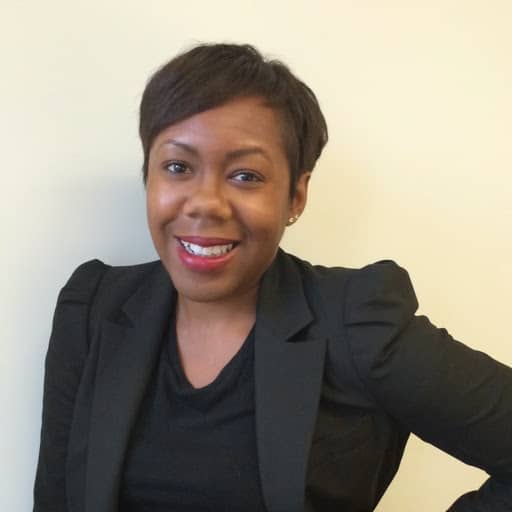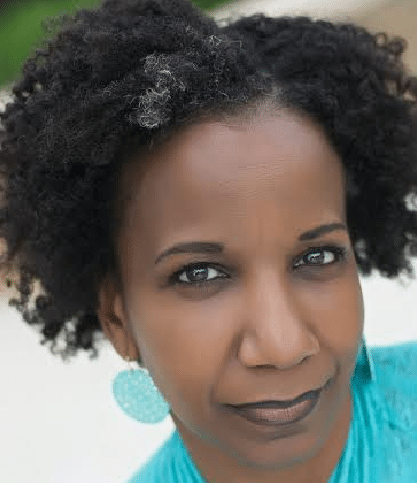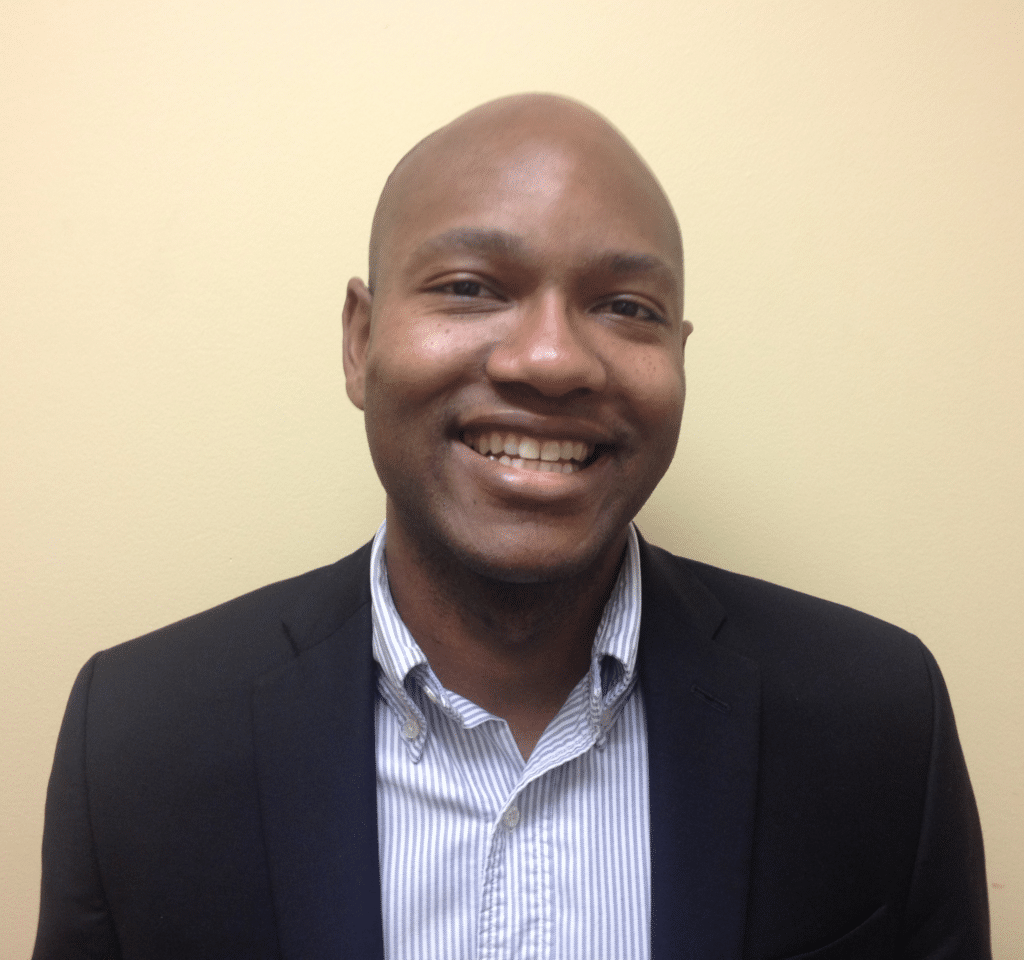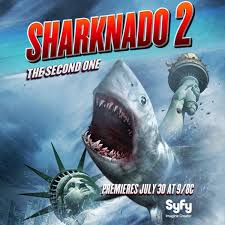Q: Where are you from originally?
Chicago
Q: What is AIF? What does it represent?
AIF is a content and community platform for people doing creative things in New York City outside of the traditional 9-to-5 work structure. We cover a range of entrepreneurs and startups, independent artists like filmmakers, fashion designers and musicians, and local community projects.
But we also cover mainstream topics from an underground perspective. While the Internet is buzzing about the new Trey Songz album, we’re more interested in the person who shot the photography. What’s his story? And more than likely it’s a freelance photographer who would appreciate the press coverage.
Our goal is to bring the behind-the-scenes creative process to the forefront. We’re fascinated with telling the stories of people you wouldn’t necessarily hear about in mainstream media. AIF represents the millennial who has taken action to pursue their creative endeavors. The brand represents us, its creators, who started a brand because we wanted to produce quality content about topics we care about. This concept is how we came up with the name ArtInFact magazine. We believe there’s always an art element to the facts you know about, and some facts to the artistic work you see.
Q: What inspired this idea for AIF?
I run AIF with three amazing editors who I met during our time at Columbia J-School. The initial idea to start an independent magazine came from our managing editor Semmi W. She approached me, Ashley and Angel with the idea, and the overall concept of AIF was conceived collectively.
We were all recent graduates working as freelance writers, copy editors and fact checkers, but were somewhat unhappy with the kinds of stories we were asked to do over and over again. We were battling with having to produce overly saturated, SEO-driven content.
We would get together and find ourselves obsessively talking about the types of stories we wanted to write and the influencers we loved to follow on social media who we wanted to know more about. So, we decided to create our own magazine and tell the stories we wanted to tell and that we felt were interesting and important.
We wanted to give people the facts behind the art (creative person) they loved. At first, AIF was just a passion project. We had no business plan, no real direction for the site. We ran the site very independently. Each editor would publish whatever we wanted, whenever we felt like it, kind of like a blog. But it was very important to us early on not to look like a blog site. We wanted the site and our work to reflect the technical training we had received at Columbia.
But that required so much. We were putting in a lot of time interviewing and writing stories while working full-time jobs. After a while, the process started to feel pointless without any real editorial or business direction.
Around this time, Semmi W. and I got invited to attend a business development workshop in the Hamptons that was hosted by Dell. While there, we listened to entrepreneurs talk about their successes and failures. One of their biggest concerns was that there was a disconnect between entrepreneurs and their access to quality media coverage; that it was hard for them to get media coverage about their startups and creative projects.
That’s when we made the pivot to focus on the projects and creative processes of entrepreneurs, indie artists and influencers living in NYC. It became our goal to feature these unknown people and package the content in the same way you would see it in New York Magazine or Vanity Fair.
Q: What do you believe makes AIF different from other online publications?
AIF has such a unique focus in which we serve to fill a need for a specific group of people who work hard to make their passion projects come to life, but feel ignored by mainstream media outlets. There’s a loyalty that comes with our content because we, too, are in the same boat as the people we cover.
So, when we write an in-depth profile about a startup and promote it on our social media pages, they appreciate it, and in return will help to promote AIF, too. We’re not a news-breaking website. That’s not our purpose. What makes AIF different, in a sense, is that we are building long-lasting relationships with our subjects. We want to help them build their press coverage. It’s all about using our skill sets to help a fellow creative reach their goal, and they’ll use their resources to help ours.
Q: Choose three words to describe your professional journey and why?
1. Progressive: I’m not the same writer or editor I was five years ago, or three years ago, or even a year ago. I am always trying to progress and build my skill sets. I am always looking for new things to learn about my craft. I’m so far away from my initial dream of being a magazine editor. Now, I’m on the digital production side, and I love it!
2. Goal-driven: I always set goals. I tend to focus more on short-term goals because I am the type of person who is always open to trying new things, and long-term goals feel like they box me into one idea. Nevertheless, I’ve always had some sort of goal, whether it was to grow a certain skill set or start a passion project with three friends. I think this has definitely helped me in my professional development because I am able to identify what I want to gain from a project or job position.
3. Patience: I came out of undergrad in 2008 when the economy was in really bad shape. The publishing industry still struggles with not having enough resources to hire full-time staffers with reasonable pay and health coverage. I’ve had to be very patient with my career. I’ve had to take many contract jobs and freelance positions, even after I got my master’s in journalism. But I’ve met and worked with some amazing writers and editors along the way who gave me opportunities I am so blessed to have had.









